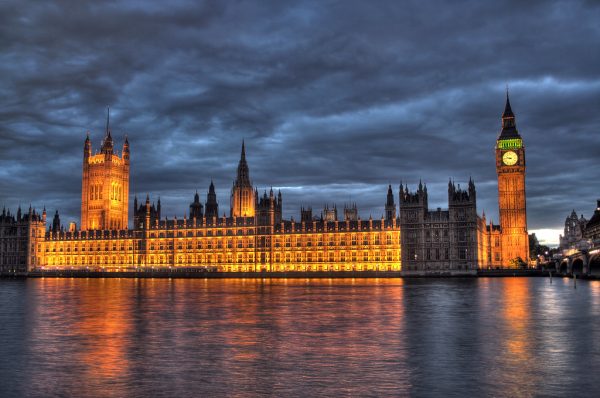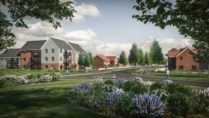DLUHC Select Committee on Reforms to national planning policy.
The Levelling Up, Housing and Communities Select Committee had its first oral evidence hearing into the Government’s planning reforms on 16 March. A recent consultation took place that sought to tighten the regulations surrounding greenbelt land, re-evaluate the housing number targets and push for greater use of brownfield land.
The witnesses included Richard Blyth, Head of Policy, Practice and Research at the Royal Town Planning Institute; Kate Henderson, Chief executive at the National Housing Federation; Councillor James Jamieson, Chairman of the Local Government Association; Sam Stafford, Planning Director of Home Builders Federation.
The overall mood seemed to be pessimistic about the implications of the Government’s Consultation. Kate Henderson summed it up by saying that for too long, housing policy has been characterised by piecemeal policies and contradictory reforms, and unfortunately the NPPF consultation is no exception. Sam Stafford stated the 2012 NPPF was an emphatic commitment to boosting the supply of housing. But the document that was out for consultation until relatively recently is almost the polar opposite.
Those in the industry are clearly frustrated at the department’s kaleidoscopic approach to ministers and housing policy; both seemingly in perpetual change. There were lots of sobering moments about the implications of the NPPF and other discussions that have taken place in Westminster recently.
Brownfield sites
Last month, Chelgate wrote an article on a Westminster debate concerning greenbelt regulation and increased use of brownfield land. In this, all MPs who discussed the matter were in unison about future planning with development prioritising brownfield or industrial space before green space. Again, these phrases were mentioned in the inquiry by the witnesses, but not with the same enthusiasm.
Henderson spoke positively of using brownfield land but provided a reality check; even if we developed every brownfield site available for housing, that would only meet around one-third of our housing needs over the next 15 years. Development would still need to take place on green land in order to achieve the government’s target of 300,000 homes a year.
This number, however, was redacted by Secretary of State Michael Gove last December. The tumultuous changes outlined in the NPPF led to at least 30 local authorities pausing their Local Plan update until there was clarity over Gove’s position on calculating housing targets.
What next?
The Select Committee will have other hearings on this topic in the coming months. DLUHC has promised to bring forward the results of the recent NPPF consultation in the spring, although like most such promises, it will probably be the summer. The ground music is that some of the proposals in the consultation were ‘flag raising’ and may well be watered down, but we will have to wait and see. Gove is renowned for being radical in his thinking and determined in his approach, which does not bode well. Faced with a difficult General Election campaign next year but with a manifesto commitment of 300,000 homes per year by the middle of this decade, the Conservative Government is certainly between a ‘rock and a hard place’.
There is also the prospect of a further nine consultations to come out of DLUHC over the coming months looking at various elements of reform. Apart from so many consultations leading to some in the industry losing focus, and perhaps also the will to carry on!

Strategic land and site promotion
“Chelgate gives a real insight into political thinking at all levels and all political persuasions, …

Energy and infrastructure
From new nuclear and unconventional gas to renewables, waste and airports, our team has worked …


